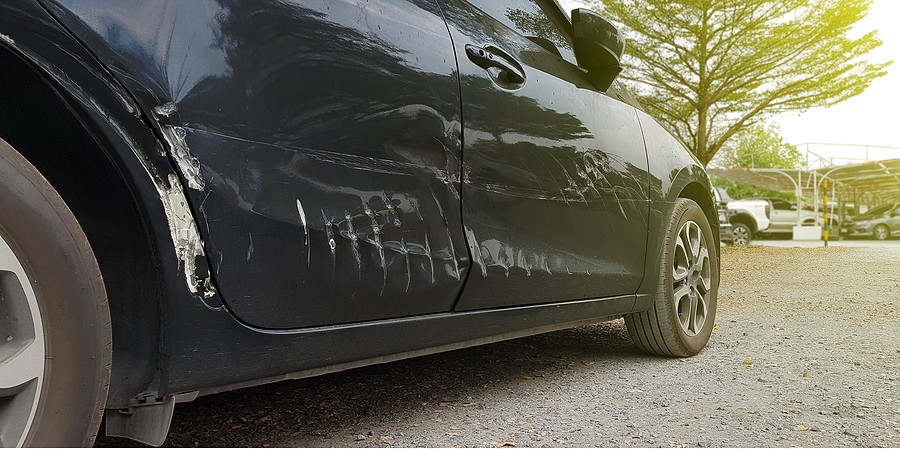Minor dents and dings are virtually inevitable in the life of a car owner. But that doesn't mean you have to live with the imperfections or pay a hefty sum for repairs at a professional auto body shop. With a few DIY methods up your sleeve, you can restore your car's pristine look right in your garage. Here, we dive deep into various DIY methods to fix minor car dents, helping you save both time and money.

Introduction
Getting a dent in your car, whether it's from a stray shopping cart, a minor accident, or just an unfortunate encounter with a hailstorm, can be extremely frustrating. The good news is that many minor dents can be repaired at home with some patience and the right tools. Before we get into the nitty-gritty of DIY dent repair, let's explore what minor car dents are and why it's beneficial to address them promptly.
1. Understanding Minor Car Dents
1.1 Common Causes
Minor car dents can occur in numerous ways. Whether it’s a result of a fender bender, a stray ball from a neighborhood game, or an accidental bump from a bicycle, your car is constantly exposed to potential dings and dents. Sometimes, dents occur from natural causes such as hailstones or falling tree branches. Understanding the common causes can help in preventing them and maintaining the aesthetics of your car.
1.2 Impact on Car Value
Ignoring small dents and dings might seem like no big deal, but these minor imperfections can have a substantial impact on the resale value of your car. Prospective buyers often see these dents as a reflection of how well the vehicle has been maintained, which can lead them to speculate about other potential issues, even if mechanically the car is sound. Addressing these dents not only enhances the appearance of your car but also helps in maintaining its market value.
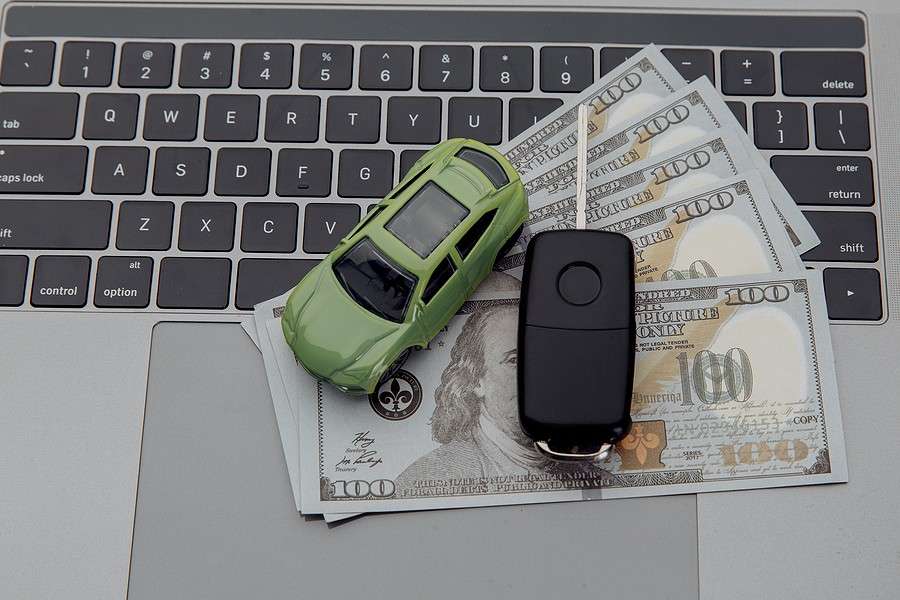
1.3 Safety Concerns
While minor dents may not necessarily pose immediate safety concerns, they can compromise the integrity of your vehicle's exterior over time. If left unaddressed, these dents might lead to bigger issues like rust and wear, which can indeed affect the safety and longevity of your car. It is crucial to assess the dent and determine if it can be handled through DIY methods or if it requires professional intervention.
1.4 Tools Required
Embarking on a DIY dent repair project requires an array of tools and materials, such as dent pullers, plungers, rubber mallets, hot water, hair dryers, and compressed air. Having the right tools at your disposal not only makes the repair process smoother but also ensures that you can achieve professional-level results at a fraction of the cost.
2. Preparing Your Car for the Repair
2.1 Cleaning the Area
The first step in any repair process is cleaning the affected area thoroughly. Use a good quality car wash soap to remove dirt, grime, and other debris from the dent area. Cleaning helps in getting a clear view of the dent and ensures that no particles interfere with the repair process. After washing, dry the area completely before moving to the next step.
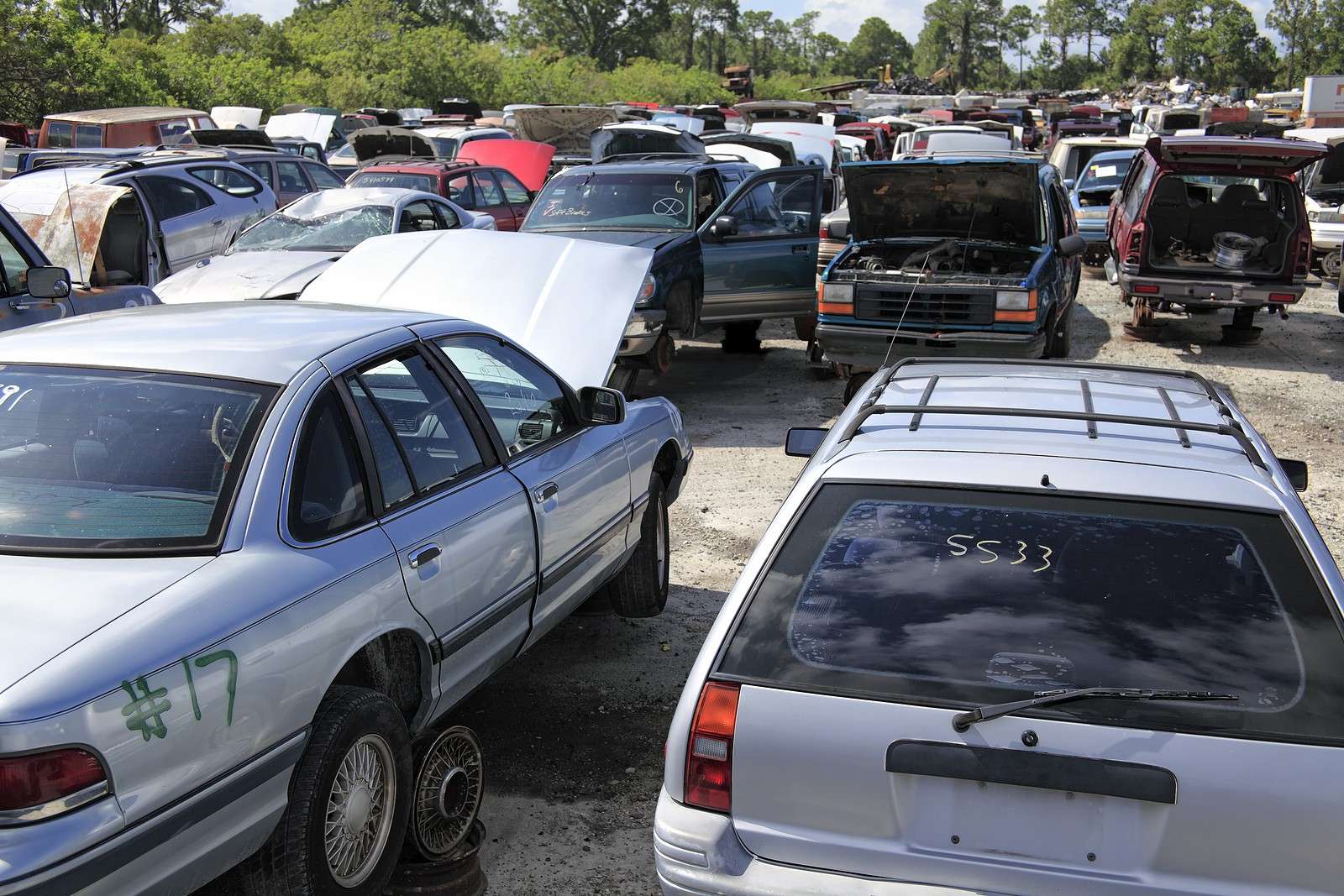
2.2 Assessing the Damage
Before diving into the repair process, take a moment to assess the extent of the dent. Understanding the depth and the size of the dent will help you choose the most effective method to repair it. Moreover, closely inspect the paint over the dent; if it is cracked or chipped, you might need to consider paint repair after fixing the dent.
2.3 Gathering the Necessary Tools
Once the dent has been thoroughly assessed, gather all the necessary tools and materials you will need for the repair. Depending on the method you choose, this might include items such as a plunger, dent puller, heat gun, or even just a bucket of hot water and a pot of cold water.
2.4 Setting Up a Working Space
Creating a suitable work environment is vital for a successful DIY project. Ensure that the workspace is well-lit and adequately ventilated. Having a comfortable space to work will prevent any strains and will help you focus on achieving the best results.
3. DIY Methods for Fixing Minor Dents
3.1 Using a Plunger
3.1.1 Preparation
Begin by moistening both the plunger and the dent with some water. This will help in creating a strong seal between the plunger and the car’s surface.
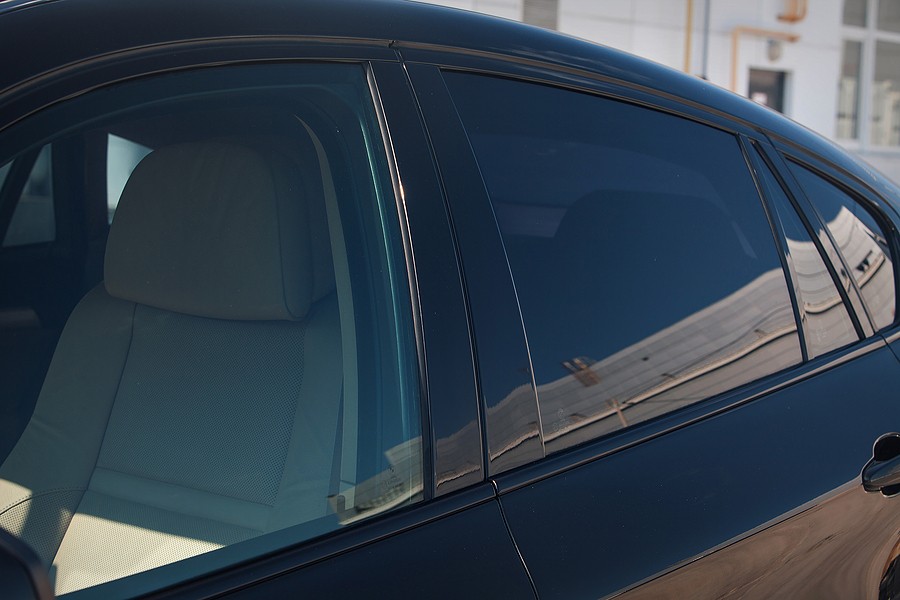
3.1.2 Technique
Place the plunger over the dent and push and pull it several times. Maintain a steady rhythm and increase the force gradually. Often, this method will pop the dent back out, restoring the original shape of the panel.
3.1.3 Finishing
Once the dent is removed, clean the area thoroughly to remove any marks left by the plunger. Assess the results and repeat the process if necessary.
3.1.4 Tips and Precautions
Remember, this method works best for larger dents. For smaller dents, a specialized car dent plunger might be more effective.
3.2 Using Boiling Water
3.2.1 Preparation
Boil a pot of water and have a pot of cold water ready. This method works well for plastic bumpers as the heat makes the plastic more pliable.
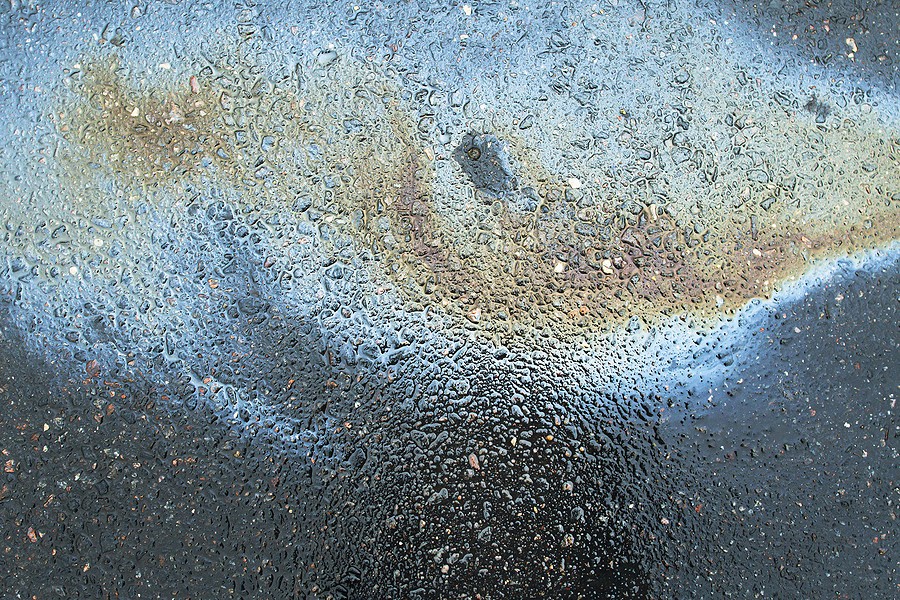
3.2.2 Technique
Pour the hot water over the dent to soften the plastic. Then, reach behind the bumper and push the dent out. Following this, pour the cold water over the area to cool and fix the plastic area in its new shape.
3.2.3 Finishing
Dry the area and clean it to remove any marks or residues. Evaluate the results and repeat the process if needed.
3.2.4 Tips and Precautions
Be cautious when handling boiling water to avoid burns, and ensure you can safely reach behind the dent without causing any further damage.
3.3 Using a Vacuum Cleaner and Bucket
3.3.1 Preparation
First, gather a vacuum cleaner with a nozzle attachment and a bucket. You will be using the suction power of the vacuum cleaner to pull out the dent.

3.3.2 Technique
Cut a small hole at the bottom of the bucket. Place the top part of the bucket over the dent and secure it in place, ensuring an airtight seal around the dent. Insert the vacuum cleaner nozzle into the hole at the bottom of the bucket and turn on the vacuum. The suction created should help in pulling the dent out.
3.3.3 Finishing
After the dent has been removed, clean the area to remove any residues. Review your work and if necessary, repeat the process until you get the desired results.
3.3.4 Tips and Precautions
Ensure that there is a good seal between the bucket and the car’s surface to create sufficient suction. Also, be patient as this method might take several attempts.
3.4 Using a Dent Puller Kit
3.4.1 Preparation
Buy a good quality dent puller kit from a reliable vendor. These kits usually come with all the necessary tools and materials needed for the repair.
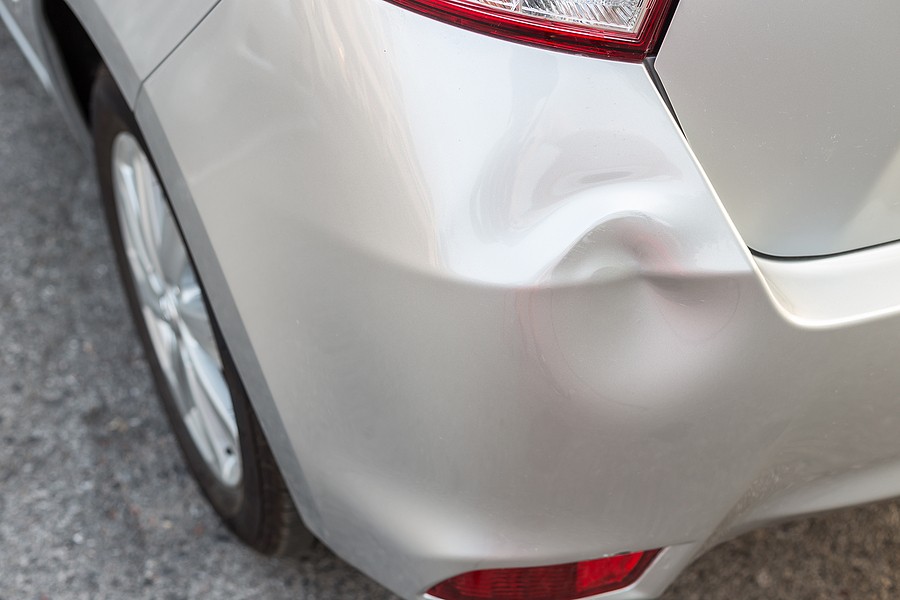
3.4.2 Technique
Follow the instructions provided in the kit. Generally, it involves attaching a pulling tab to the centre of the dent using a special adhesive. Once the adhesive has set, use the pulling tool to gently ease the dent out.
3.4.3 Finishing
After removing the dent, you might need to clean the area to remove the adhesive residue. Evaluate the results and repeat the process if necessary.
3.4.4 Tips and Precautions
Always follow the instructions provided in the kit carefully to avoid any damage to the paint or the car’s surface.
4. Maintaining Your Car to Prevent Dents
As we continue through our expansive guide, it's important to also focus on prevention. A well-maintained car is less likely to suffer dents and dings. In this section, we will discuss some best practices for maintaining your car to prevent minor dents.
4.1 Regular Washing
Frequent washing can help you identify any potential issues before they become major problems. Clean your car regularly to remove dirt and debris that can cause scratches and dents.
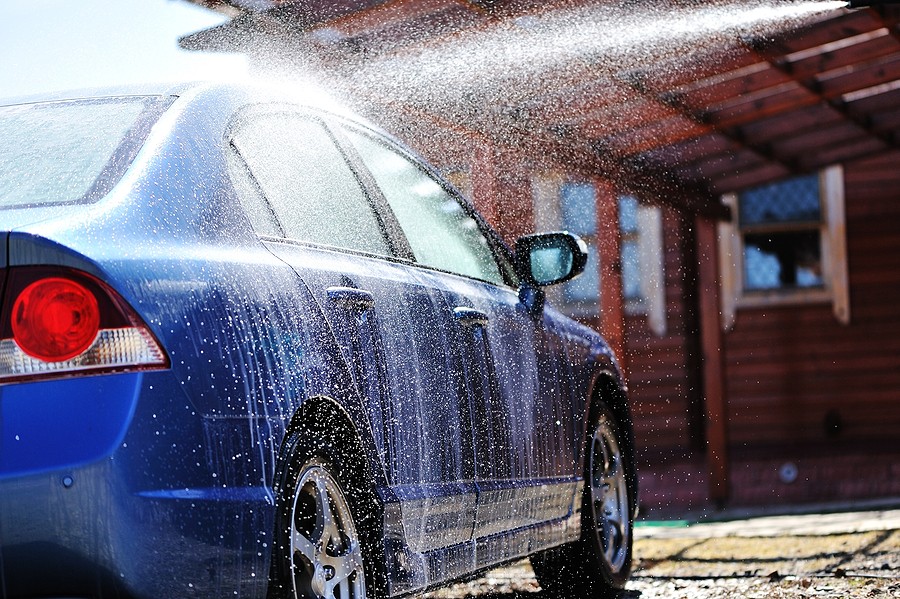
4.2 Parking Wisely
Choose your parking spots carefully to avoid potential dents from other car doors or shopping carts. Always try to park in less crowded areas.
4.3 Using Car Covers
Invest in a good quality car cover to protect your vehicle from potential dents when it is not in use.
4.4 Professional Check-ups
Schedule regular check-ups with a professional to identify and fix any minor dents before they escalate into major issues.
7. Conclusion: Steering Clear of Car Dents
Your car is more than just a vehicle; it's a significant investment and a reflection of your personality. Hence, maintaining it in top-notch condition should be a priority. As we have explored in this comprehensive guide, minor car dents are almost inevitable, but they are not insurmountable.
In the journey of this article, we have traversed through the intricate lanes of identifying, analyzing, and repairing minor car dents, leaving you armed with a plethora of knowledge and techniques to tackle these nuisances head-on. From understanding the basics to diving deep into the world of DIY methods and professional help, we've got you covered.

7.1 Recap
7.1.1 DIY Techniques
We have unearthed various DIY techniques, ranging from the use of plungers to specialized kits, all aimed at helping you restore your car's pristine look without burning a hole in your pocket.
7.1.2 Tools of the Trade
Having a well-stocked toolkit is your first line of defense against minor dents. Equip yourself with the necessary tools and materials to ensure that you are prepared to face any dent-related challenges that come your way.
7.1.3 Weather Implications
The weather plays a significant role in the health of your car's exterior. Being cognizant of the impact of different weather conditions and taking preventive measures can go a long way in safeguarding your car against dents.
7.1.4 Professional Assistance
When in doubt, don't hesitate to seek professional assistance. Collaborating with experts not only ensures quality work but also saves you from potential mishaps that can occur during DIY repairs.
7.2 Final Thoughts
Maintaining the aesthetic appeal of your car is a continuous process, and dealing with minor dents forms a crucial part of it. With the knowledge garnered from this guide, you are now well-equipped to tackle minor car dents efficiently, ensuring that your vehicle remains as splendid as ever.
7.3 Call-to-Action
We hope this guide has been a beacon of knowledge in your car maintenance journey. For more insightful tips and guides, subscribe to our newsletter and stay tuned for more. Remember, a well-maintained car not only looks good but also commands a higher resale value.
So, roll up your sleeves and get started on the path to a dent-free car. Happy driving!


